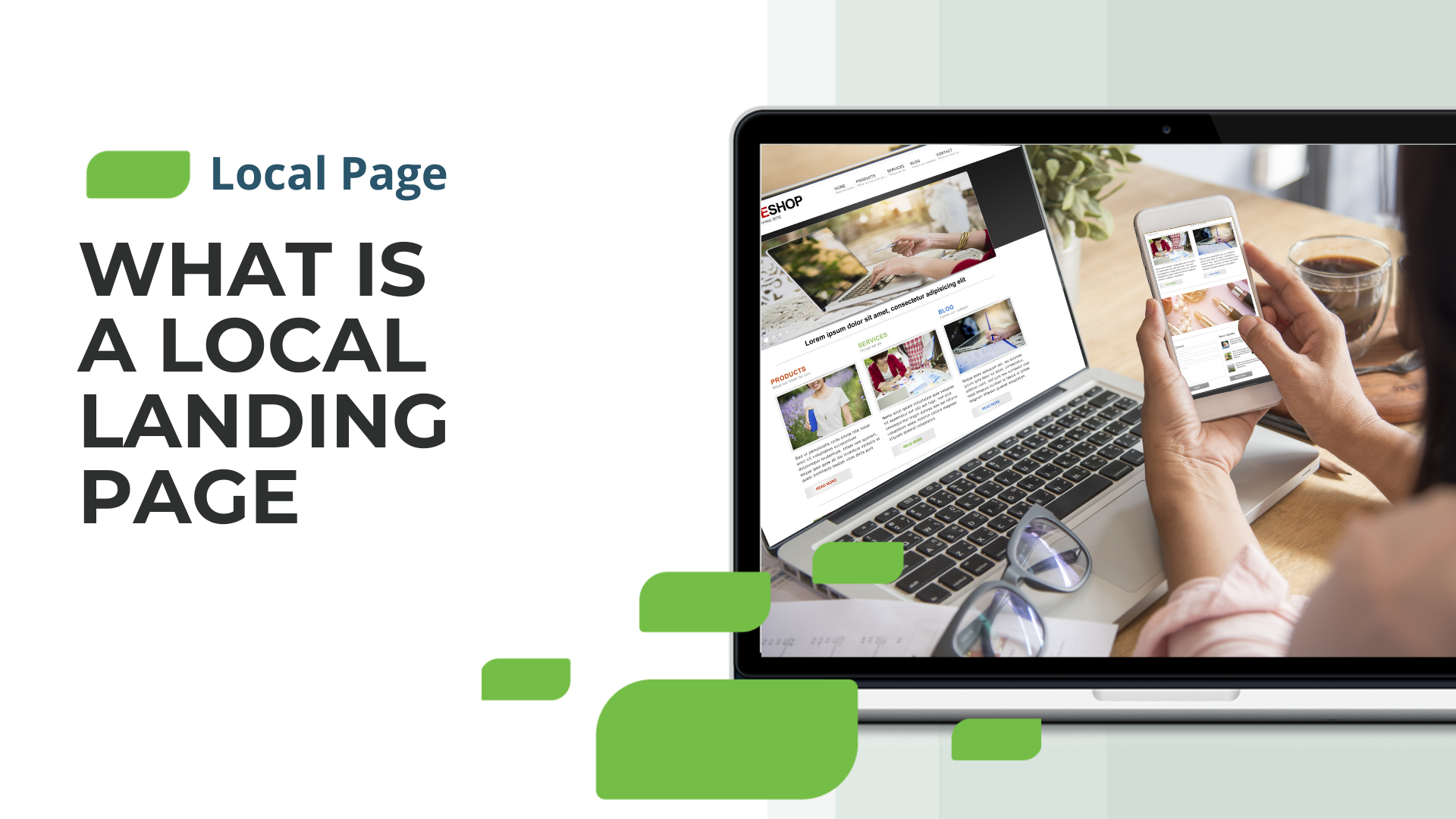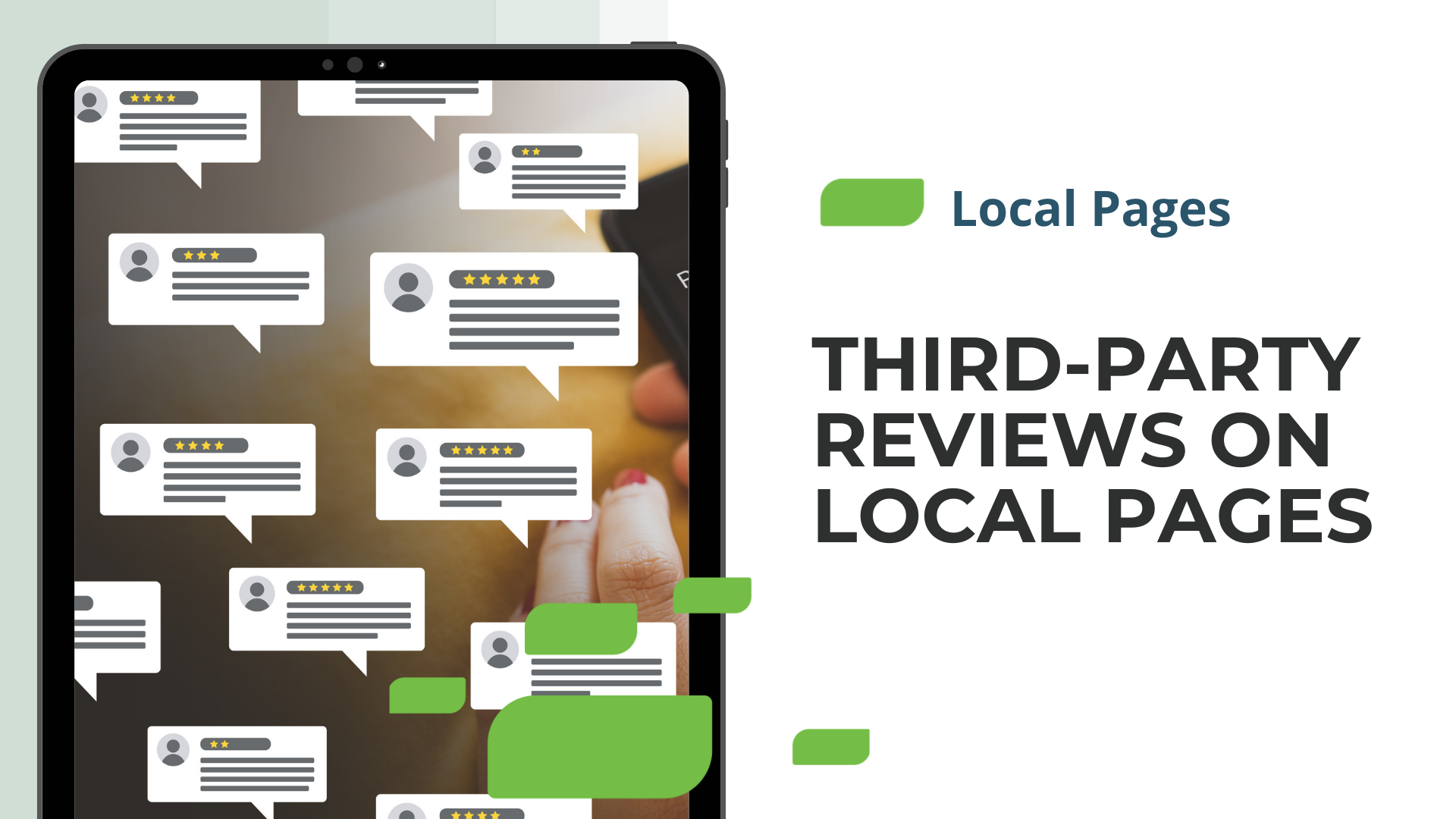How to Create a Local Landing Page Strategy?

How to Create a Local Landing Page Strategy?
Content only goes so far. In order to make your webpages stand out in local search, you need to consider how you will structure your website to feature local landing pages. For businesses with physical locations, local landing pages can boost search rankings and improve website conversion rates. Local landing pages should be optimized to highlight certain local search ranking factors, such the local store’s name, address, and phone number (NAP) and including a map, hours of operation, photos, and engaging content such as featured products, in-store events, promotions, and social feeds. Advanced marketers will go beyond that. In addition to creating local landing pages for individual store or business locations, brands should consider how they will structure their websites to feature those local landing pages. By structuring their websites to feature local landing pages in a logical way, brand marketers can positively impact search rankings and website conversions.What are the SEO Benefits of Local Landing Pages?
Questions to ask when structuring your website include:- Where will local pages go on our website?
- How will website visitors find our local landing pages?
- Will search engines be able to understand and follow our local landing page structure?




